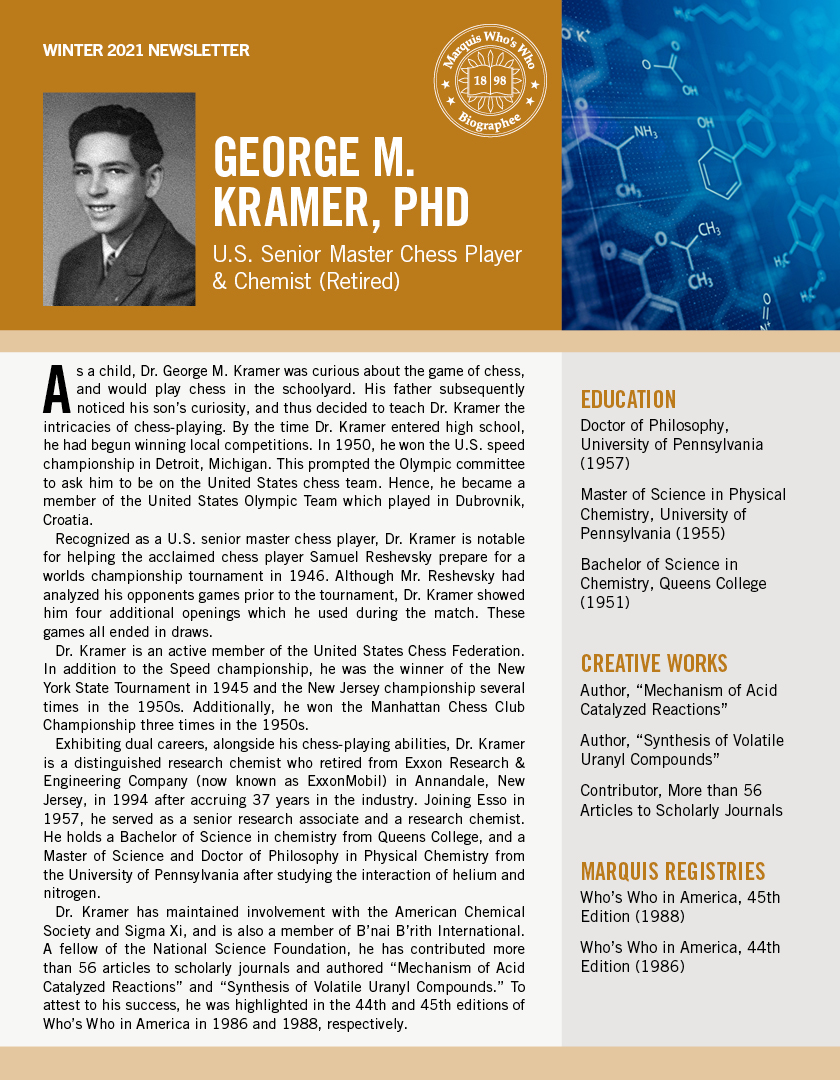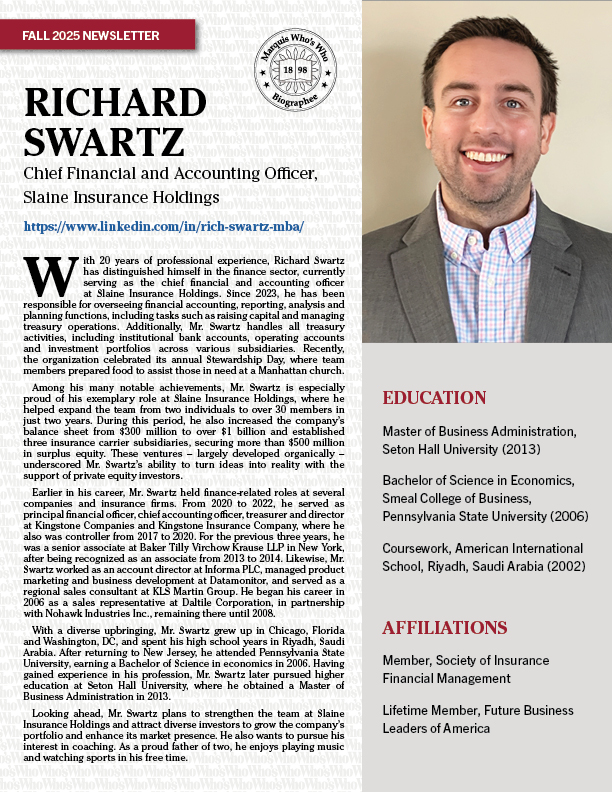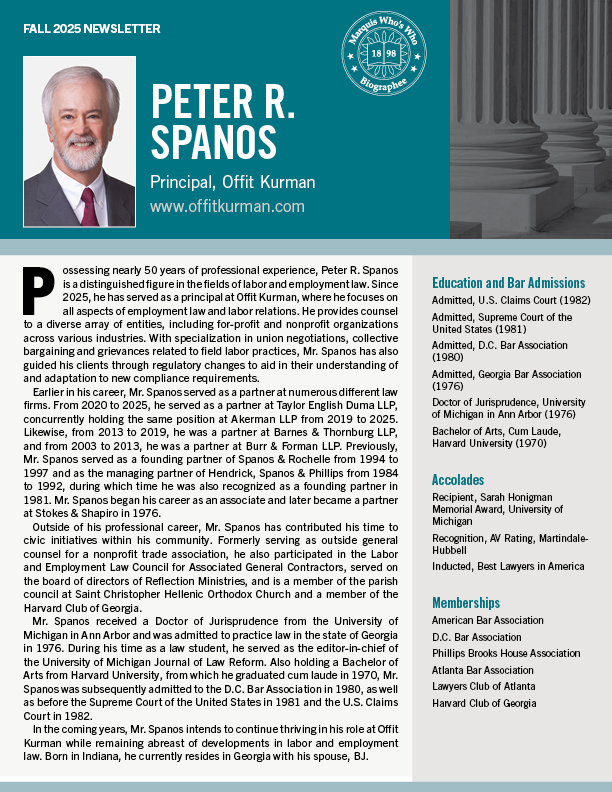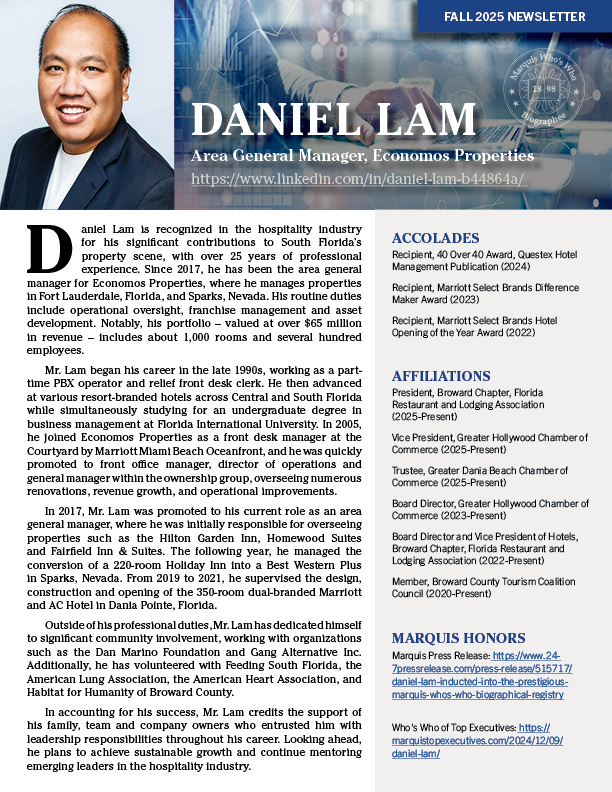
As a child, Dr. George M. Kramer was curious about the game of chess, and would play chess in the schoolyard. His father subsequently noticed his son’s curiosity, and thus decided to teach Dr. Kramer the intricacies of chess-playing. By the time Dr. Kramer entered high school, he had begun winning local competitions. In 1950, he won the U.S. speed championship in Detroit, Michigan. This prompted the Olympic committee to ask him to be on the United States chess team. Hence, he became a member of the United States Olympic Team which played in Dubrovnik, Croatia.
Recognized as a U.S. senior master chess player, Dr. Kramer is notable for helping the acclaimed chess player Samuel Reshevsky prepare for a worlds championship tournament in 1946. Although Mr. Reshevsky had analyzed his opponents games prior to the tournament, Dr. Kramer showed him four additional openings which he used during the match. These games all ended in draws.
Dr. Kramer is an active member of the United States Chess Federation. In addition to the Speed championship, he was the winner of the New York State Tournament in 1945 and the New Jersey championship several times in the 1950s. Additionally, he won the Manhattan Chess Club Championship three times in the 1950s.
Exhibiting dual careers, alongside his chess-playing abilities, Dr. Kramer is a distinguished research chemist who retired from Exxon Research & Engineering Company (now known as ExxonMobil) in Annandale, New Jersey, in 1994 after accruing 37 years in the industry. Joining Esso in 1957, he served as a senior research associate and a research chemist. He holds a Bachelor of Science in chemistry from Queens College, and a Master of Science and Doctor of Philosophy in Physical Chemistry from the University of Pennsylvania after studying the interaction of helium and nitrogen.
Dr. Kramer has maintained involvement with the American Chemical Society and Sigma Xi, and is also a member of B’nai B’rith International. A fellow of the National Science Foundation, he has contributed more than 56 articles to scholarly journals and authored “Mechanism of Acid Catalyzed Reactions” and “Synthesis of Volatile Uranyl Compounds.” To attest to his success, he was highlighted in the 44th and 45th editions of Who’s Who in America in 1986 and 1988, respectively.


